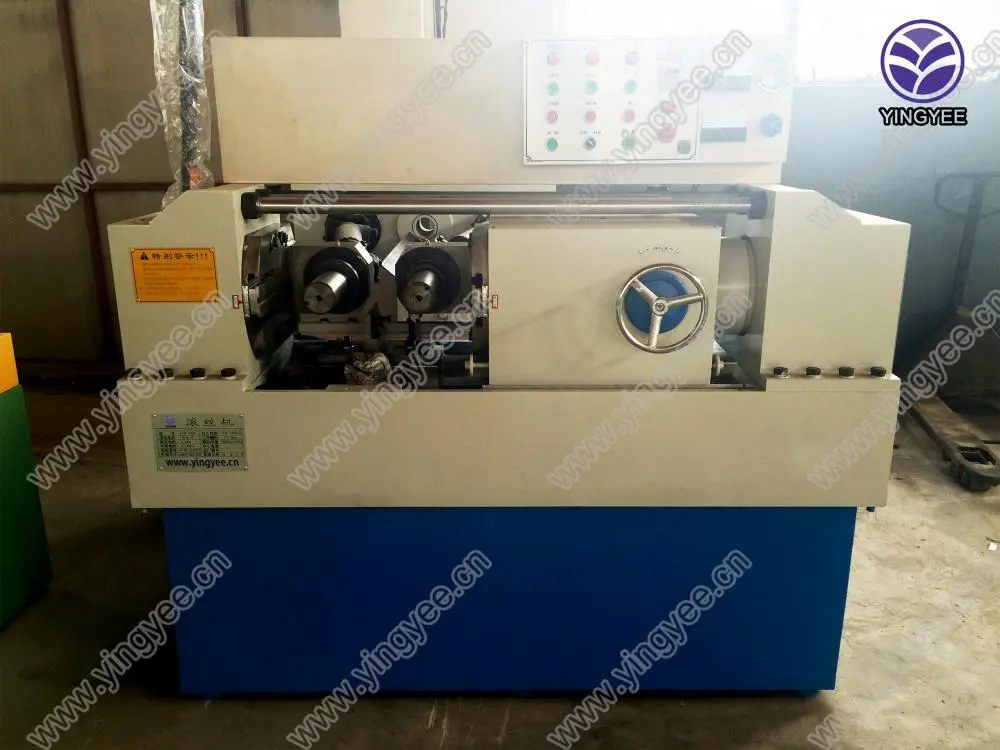
Angle Iron Roll Forming Machine An Overview
Angle iron, a crucial component in the construction and manufacturing industries, is widely used for its strength and durability. To efficiently produce angle iron profiles, manufacturers rely on advanced machinery, notably the angle iron roll forming machine. This sophisticated equipment allows for the mass production of angle iron, ensuring consistent quality and precision.
The angle iron roll forming machine operates by continuously shaping a flat strip of metal into an angle profile. The process begins with the raw metal sheet being fed into the machine. Through a series of rollers, the metal is progressively bent and shaped. Each roller has a specific function in the formation process, allowing for precise control over the angle and dimensions of the final product.
One of the significant advantages of using an angle iron roll forming machine is its efficiency. Traditional methods of producing angle iron can be time-consuming and labor-intensive. In contrast, a roll forming machine can produce large quantities of angle iron quickly, reducing production time and costs. This increase in efficiency is especially vital in industries where time and resources are limited.
Moreover, these machines are highly versatile. They can be adjusted to produce various sizes and thicknesses of angle iron, making them suitable for different applications, from construction beams to brackets and frames. The adaptability of roll forming technology addresses the diverse needs of manufacturers while maintaining high-quality standards.

Quality control is another critical aspect of the roll forming process. The angle iron produced through this method exhibits uniformity in shape and dimensions, which is essential for structural integrity. Advanced machines often incorporate monitoring systems that ensure each output meets exact specifications, minimizing the chances of defects and wastage.
In addition to quality and efficiency, the angle iron roll forming machine is also designed with ease of operation in mind. Most modern machines come with user-friendly interfaces that allow operators to program different profiles with minimal training. This accessibility enables companies to streamline their production processes and quickly respond to changing market demands.
Furthermore, as industries increasingly focus on sustainability, the roll forming process supports eco-friendly practices. The efficiency of roll forming reduces material waste, and the ability to use recyclable materials aligns with global efforts toward sustainability.
In conclusion, the angle iron roll forming machine is a vital asset in producing high-quality angle iron profiles efficiently and reliably. Its ability to mass-produce customizable profiles while ensuring precision and consistency makes it an indispensable tool for manufacturers in various sectors. As technology continues to advance, these machines will become even more integral to meeting the demands of modern construction and manufacturing processes.